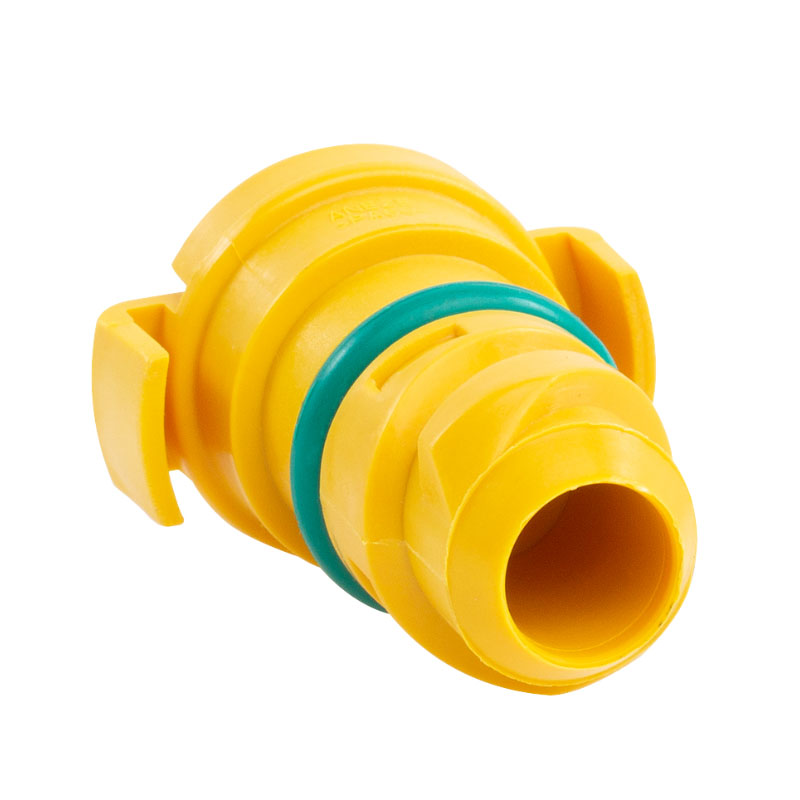Linear shaft sealing technology for advanced machinery and equipment maintenance and performance optimization.

linear shaft seal. Proper installation and maintenance of linear shaft seals are crucial for ensuring their effectiveness. It is important to regularly inspect the seals for signs of wear or damage and replace them as needed to prevent any leaks from occurring. Additionally, keeping the seals clean and free from debris will help to maintain their performance over time. In summary, linear shaft seals play a vital role in protecting machinery from contamination and ensuring smooth operation. By creating a barrier between the rotating shaft and the stationary housing, these seals help to prevent leaks and extend the lifespan of industrial equipment. Proper installation and maintenance of these seals are essential for maximizing their effectiveness and avoiding costly repairs.
-
Understanding Cassette Seals: A Durable Solution for Oil and Dirt Protection
News Apr.30,2025
-
Understanding and Maintaining the Polaris Ranger Front Differential
News Apr.30,2025
-
Understanding and Maintaining the Polaris Front Differential
News Apr.30,2025
-
Understanding and Maintaining the Crank Oil Seal for Engine Efficiency
News Apr.30,2025
-
Heavy Duty Seals: Durable Solutions for Home, Industrial, And Commercial Use
News Apr.30,2025
-
Auto Oil Seals: Protecting Your Engine from Leaks and Contamination
News Apr.30,2025
-
Essential Tools and Kits Every Car Owner Should Have
News Apr.29,2025
Products categories















